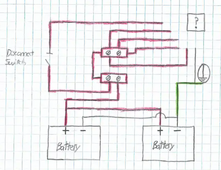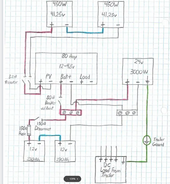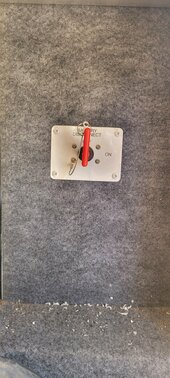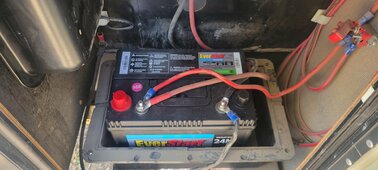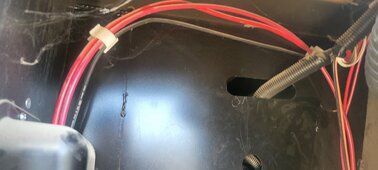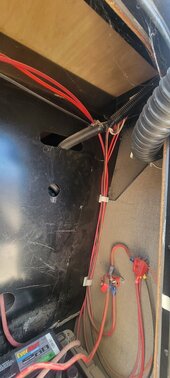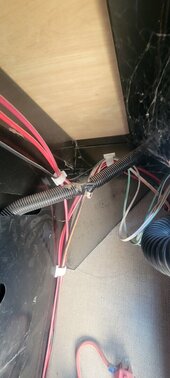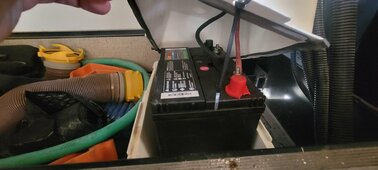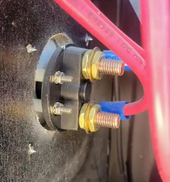Concretekona
New Member
Hey everyone, this is my first solar build in a 5th wheel camper for my parents.
A 24v system using 2 12v 230Ah batteries. I planned this out with expansion in mind for both the batteries and panels later down the road.
I've attached both diagrams for the plan I'm going to put in place and the current battery system that is in the trailer now.
I looked around and saw some topics related but nothing that answered my question.
The current setup has four wires coming from the harness of the trailer connecting to the positive battery cable. I'm thinking these wires are setup for 12v DC power since they are connected this way.
My question is, where do I connect these wires in the new setup? Am I able to go directly to the charge controller? Or should I get a 24v to 12v DC converter?
I haven't come across a post on the forum that discusses this but if someone can point me in the right direction I would really appreciate it.
Thank you.
A 24v system using 2 12v 230Ah batteries. I planned this out with expansion in mind for both the batteries and panels later down the road.
I've attached both diagrams for the plan I'm going to put in place and the current battery system that is in the trailer now.
I looked around and saw some topics related but nothing that answered my question.
The current setup has four wires coming from the harness of the trailer connecting to the positive battery cable. I'm thinking these wires are setup for 12v DC power since they are connected this way.
My question is, where do I connect these wires in the new setup? Am I able to go directly to the charge controller? Or should I get a 24v to 12v DC converter?
I haven't come across a post on the forum that discusses this but if someone can point me in the right direction I would really appreciate it.
Thank you.



